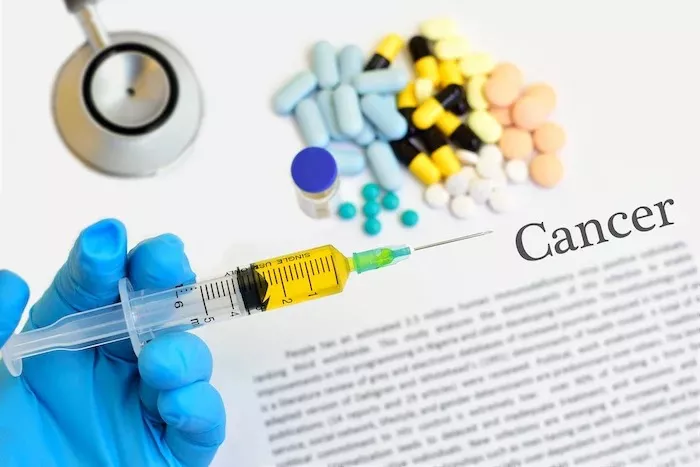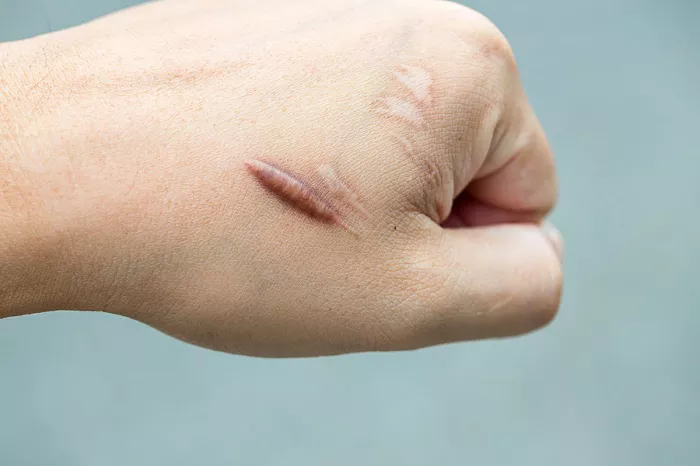Allergy rashes are a common manifestation of allergic reactions, which occur when the immune system overreacts to specific substances, known as allergens. These rashes can vary in appearance, severity, and location on the body. Recognizing the characteristics of allergy rashes is essential for proper diagnosis and treatment. In this article, we will explore the different types of allergy rashes, their causes, and available treatment options to alleviate symptoms and promote healing.
Types of Allergy Rashes
Allergy rashes can present in various forms, with each type having distinct characteristics. Below are some common types of allergy rashes:
Hives (Urticaria): Hives are a common type of allergy rash characterized by raised, itchy welts on the skin. They can appear anywhere on the body and vary in size and shape. Hives are typically red or pink in color and may join together to form larger patches. They often appear suddenly and can disappear within hours or persist for several days.
Contact Dermatitis: Contact dermatitis is an allergic skin reaction that occurs when the skin comes into direct contact with an allergen. The rash appears as red, itchy, and inflamed patches or blisters. Common allergens causing contact dermatitis include certain metals (e.g., nickel), cosmetics, fragrances, latex, and certain plants (e.g., poison ivy). The rash is usually limited to the area of contact but can spread if the allergen is not removed promptly.
Atopic Dermatitis (Eczema): Atopic dermatitis, also known as eczema, is a chronic allergic skin condition characterized by dry, itchy, and inflamed skin. Eczema rashes often appear as red patches that may be scaly, rough, or oozing. They commonly occur in the folds of the skin, such as the elbows, knees, and neck, but can affect any part of the body. Eczema rashes tend to flare up periodically and can be triggered by allergens, irritants, stress, or changes in temperature.
Allergic Contact Dermatitis: Allergic contact dermatitis is a delayed allergic reaction that occurs after repeated exposure to an allergen. The rash typically appears as red, itchy, and swollen skin with small, fluid-filled blisters. Common allergens causing allergic contact dermatitis include certain metals (e.g., nickel, cobalt), preservatives, fragrances, and topical medications. The rash is usually confined to the area of contact and may take several days to develop after exposure.
Drug Rash: Some individuals may develop rashes as an allergic reaction to certain medications. Drug rashes can vary in appearance and severity, ranging from mild redness and itching to severe blistering and peeling of the skin. The rash may be localized or cover large areas of the body. Common drugs associated with allergic drug rashes include antibiotics (e.g., penicillin), nonsteroidal anti-inflammatory drugs (NSAIDs), and anticonvulsants. It is important to seek immediate medical attention if a drug rash is suspected.
Causes of Allergy Rashes
Allergy rashes can be triggered by a wide range of allergens, which can be categorized into different groups:
Food Allergens: Certain foods can trigger allergic reactions in susceptible individuals, leading to the development of allergy rashes. Common food allergens include peanuts, tree nuts, milk, eggs, shellfish, fish, wheat, and soy. Food allergy rashes are often accompanied by other symptoms, such as swelling, hives, itching, and gastrointestinal distress.
Environmental Allergens: Allergy rashes can be caused by exposure to environmental allergens, such as pollen, dust mites, mold spores, and pet dander. These allergens can come into contact with the skin or be inhaled, leading to the development of skin rashes and other allergic symptoms, including sneezing, nasal congestion, and watery eyes.
Contact Allergens: Contact with certain substances can cause allergic contact dermatitis, resulting in the development of allergy rashes. Common contact allergens include metals (e.g., nickel, cobalt), cosmetics, fragrances, latex, and certain plants (e.g., poison ivy). The rash typically occurs at the site of contact and may spread if the allergen is not removed.
Medications: Some medications can trigger allergic reactions, leading to the development of drug rashes. Antibiotics (e.g., penicillin), NSAIDs, anticonvulsants, and certain chemotherapy drugs are known to cause drug rashes in susceptible individuals. It is important to note that not all rashes associated with medications are allergic in nature, and a healthcare professional should be consulted for proper evaluation.
Insect Bites and Stings: Allergic reactions to insect bites and stings can cause localized rashes. Common culprits include mosquitoes, bees, wasps, and ants. The rash may appear as red, itchy bumps or welts at the site of the bite or sting. In severe cases, an allergic reaction called anaphylaxis can occur, which requires immediate medical attention.
Occupational Allergens: Certain occupations involve exposure to allergens that can cause allergy rashes. For example, healthcare workers may develop latex allergies, while hairdressers may be exposed to hair dyes or other chemicals that can trigger allergic reactions. Identifying and avoiding these occupational allergens is crucial for preventing allergy rashes.
Diagnosis and Treatment of Allergy Rashes
If you suspect you have an allergy rash, it is important to seek medical evaluation for a proper diagnosis and appropriate treatment. A healthcare professional will take a detailed medical history, perform a physical examination, and may recommend additional tests, such as allergy testing, to identify the specific allergen causing the rash.
Treatment options for allergy rashes may include:
Avoidance of Allergens: The first line of defense in managing allergy rashes is to identify and avoid the allergen triggering the symptoms. This may involve dietary changes, implementing environmental controls (e.g., using air purifiers, allergen-proof bedding), and avoiding contact with known allergens.
Topical Treatments: Depending on the type and severity of the rash, topical treatments may be prescribed. These can include creams or ointments containing corticosteroids, which help reduce inflammation and relieve itching. Topical antihistamines or calamine lotion may also be used to alleviate itching and discomfort.
Oral Medications: In some cases, oral medications may be prescribed to manage allergy rashes. Antihistamines are commonly used to reduce itching and relieve symptoms. In more severe cases, oral corticosteroids may be prescribed for a short period to control inflammation and suppress the immune response.
Moisturizers: Keeping the skin well-hydrated with moisturizers can help soothe dryness and itching associated with allergy rashes. Look for moisturizers that are fragrance-free and hypoallergenic to minimize the risk of further irritation.
Cool Compresses: Applying cool compresses to the affected area can provide temporary relief from itching and inflammation. A clean cloth soaked in cool water or a cold pack wrapped in a towel can be applied for 10 to 15 minutes several times a day.
Allergy Immunotherapy: For individuals with severe or chronic allergy rashes, allergy immunotherapy may be recommended. This treatment involves gradually exposing the individual to increasing amounts of the allergen to desensitize the immune system and reduce the allergic response. Allergy shots or sublingual immunotherapy (under-the-tongue drops) are common forms of immunotherapy.
Emergency Measures: In cases of severe allergic reactions or anaphylaxis, immediate medical attention is required. Epinephrine (adrenaline) may be administered via an auto-injector (EpiPen) to rapidly reverse the symptoms and stabilize the individual. It is crucial to call emergency services (such as 911) if anaphylaxis is suspected.
Conclusion
Allergy rashes can manifest in various forms and can be caused by a wide range of allergens. Recognizing the different types of allergy rashes and understanding their causes is crucial for proper diagnosis and treatment. If you suspect you have an allergy rash, seek medical evaluation to determine the underlying allergen and receive appropriate treatment to alleviate symptoms and promote healing. With the right management and avoidance of allergens, individuals with allergy rashes can find relief and improve their quality of life.
[inline_related_posts title=”You Might Be Interested In” title_align=”left” style=”list” number=”6″ align=”none” ids=”3152,3154,3025″ by=”categories” orderby=”rand” order=”DESC” hide_thumb=”no” thumb_right=”no” views=”no” date=”yes” grid_columns=”2″ post_type=”” tax=””]































